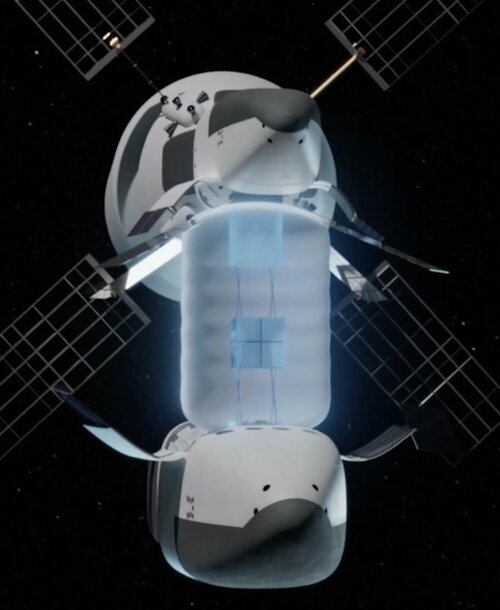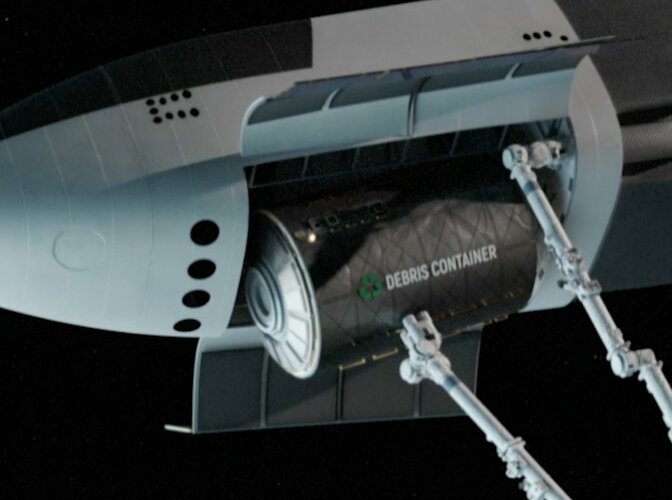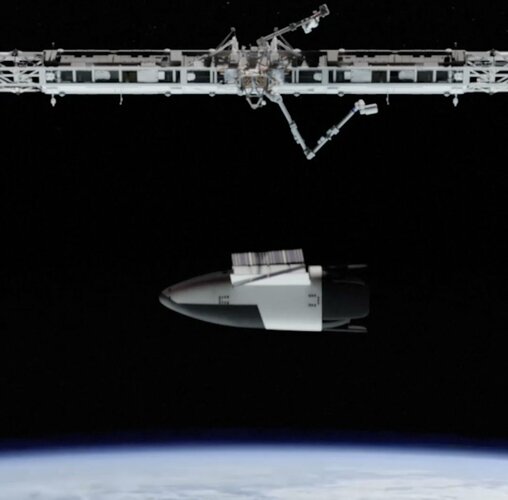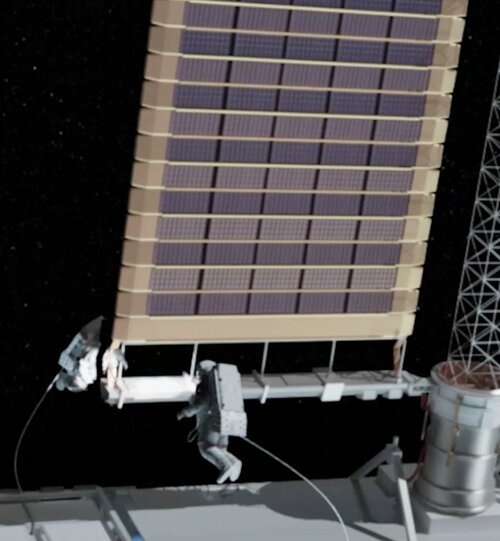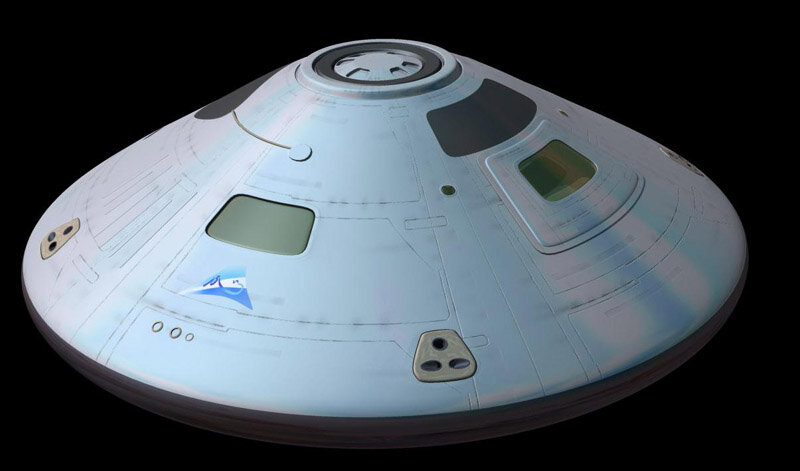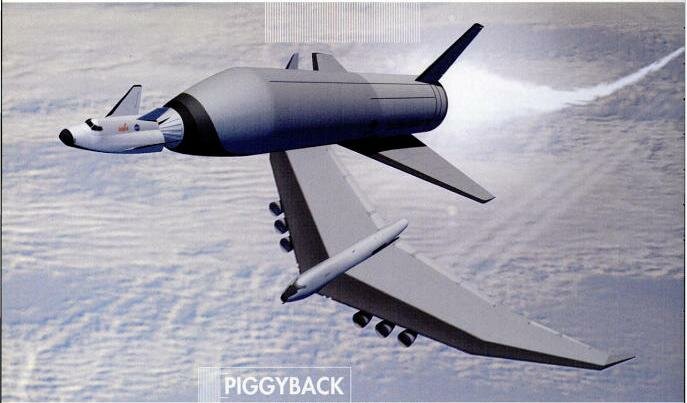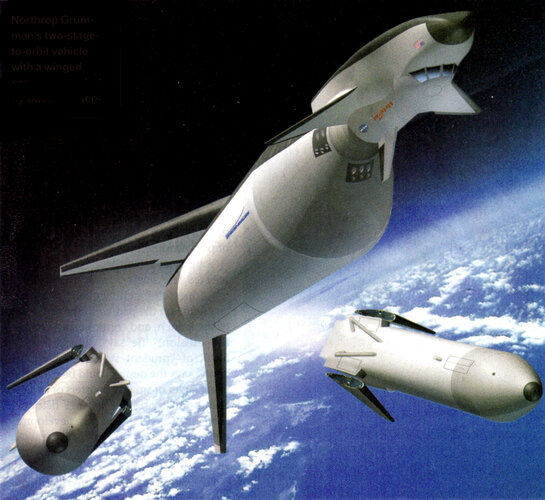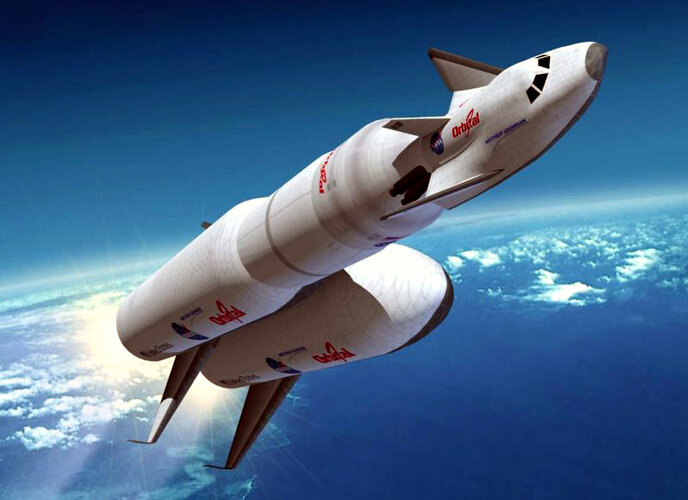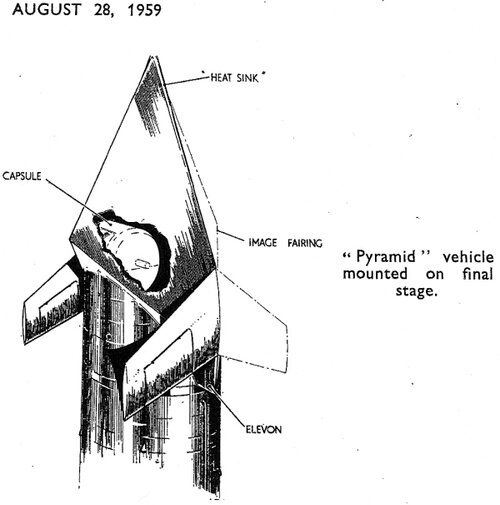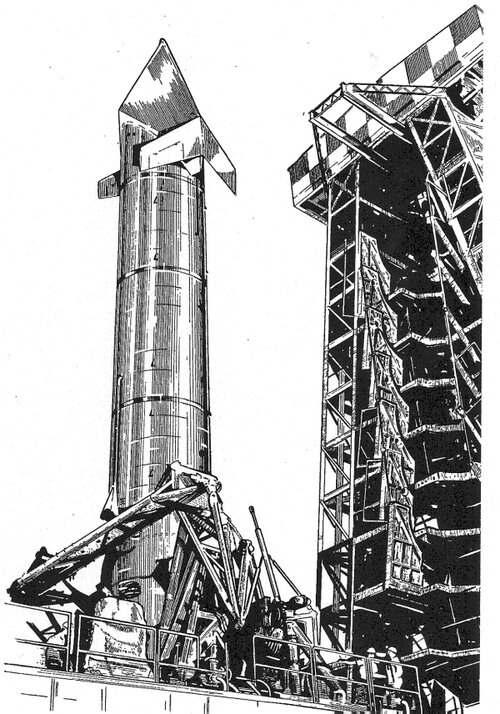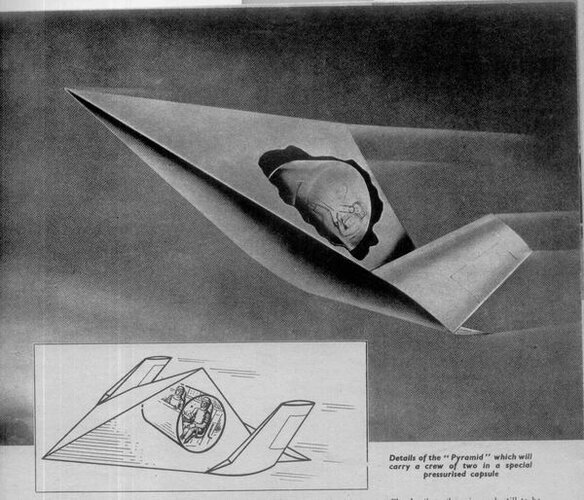The technology behind SUSIE is definitely interesting, but it does seem like the exact worst use of it, a mixed Crew-Cargo orbiter-payload without LES, and with a 25tons mass restriction? The entire world found out it was a bad idea by the 90s at the latest, and this one doesn't even have landing contingency.
This particular hopper is somewhere in between the Masten ones and the old Japanese RVT. A cute project, but Hopefully it doesn't fool anyone at ESA into believing SUSIE as presented is viable.
Now maybe an ESA funded, intermediary and adapted version could maybe be salvaged into a european "belly flop" landing technology demonstrator. A small SN-8.
"Technically" I suppose it actually HAS an LES, it would need an alternate landing system if it used most if it's fuel performing an abort.
Randy


